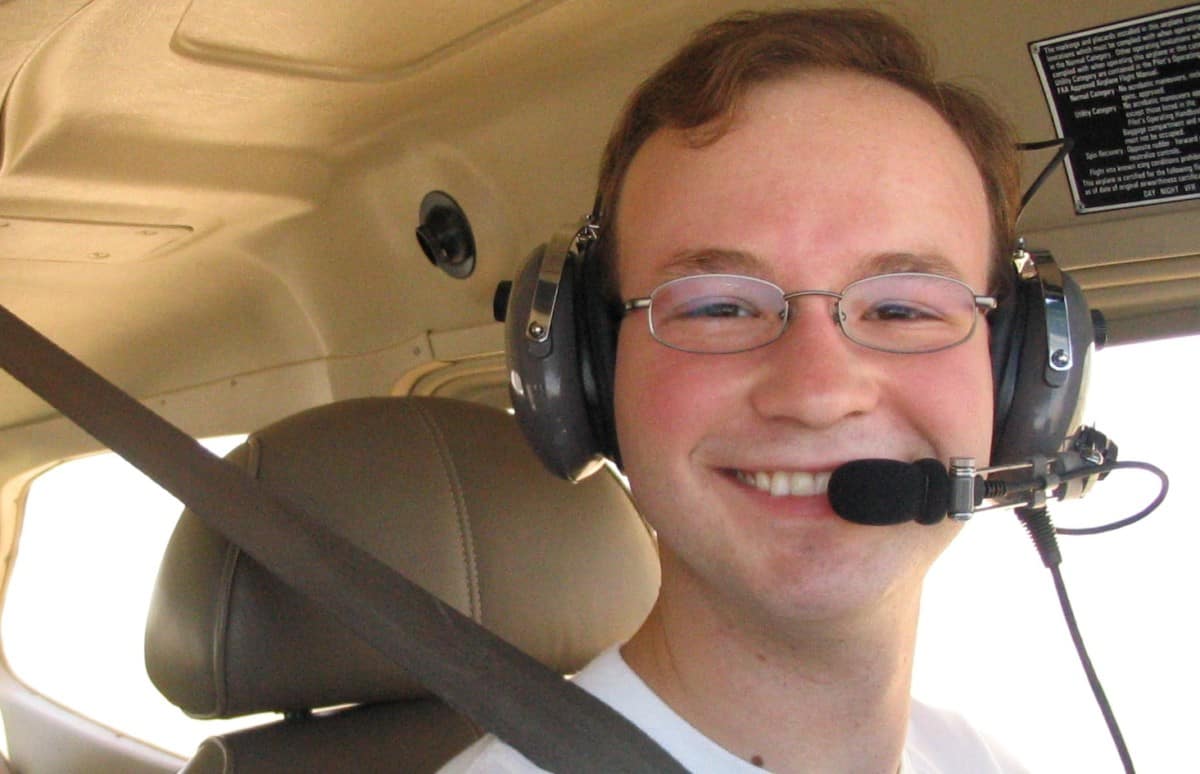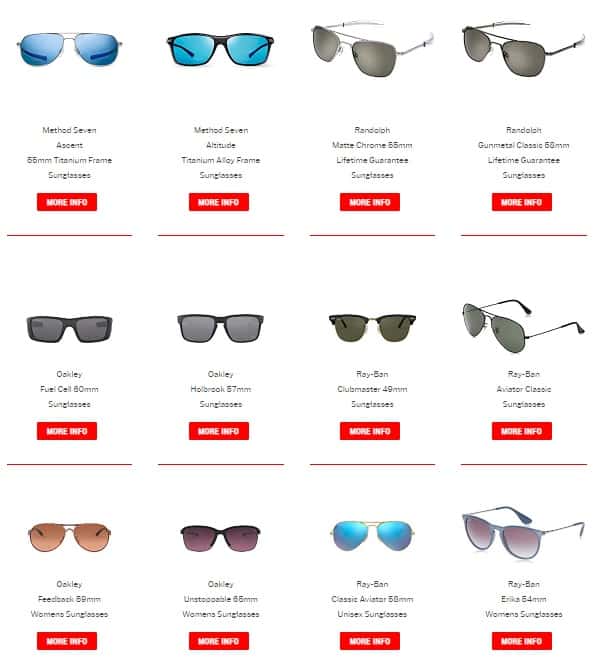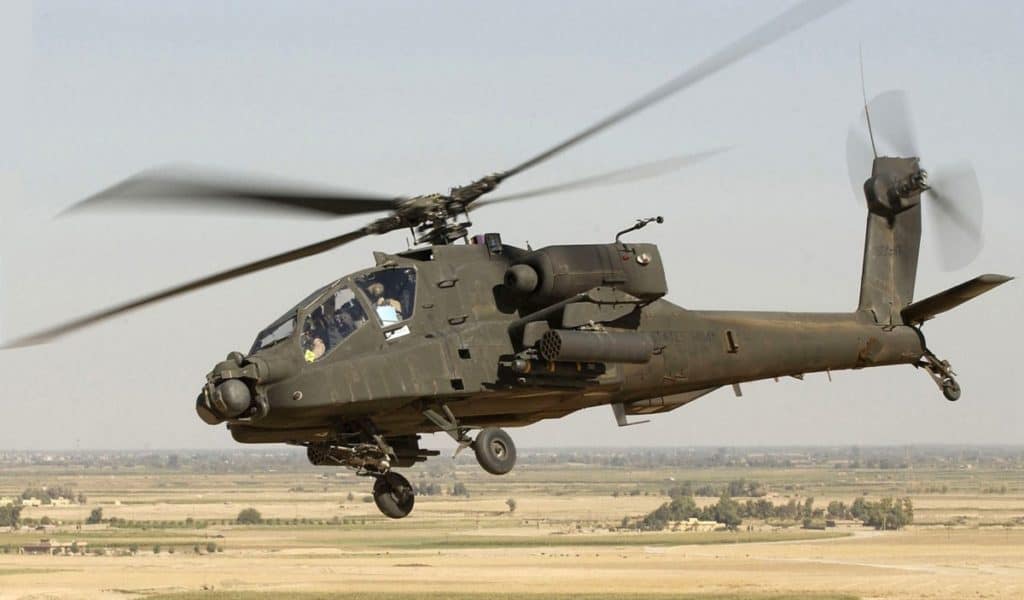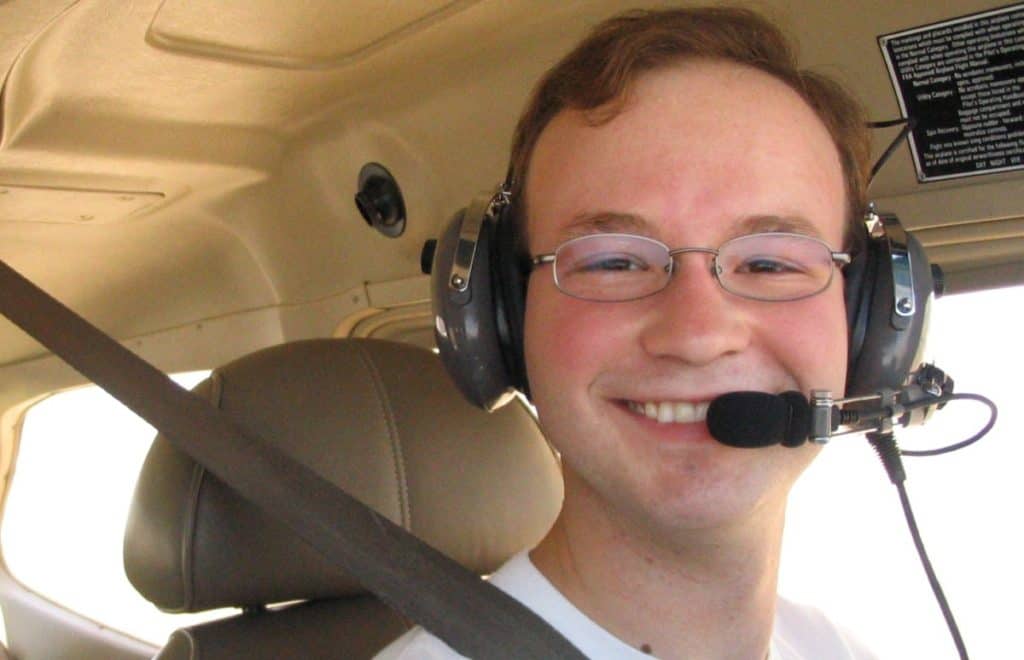
Are you wanting to become a pilot but you wear glasses, contact lenses, or have even had corrective vision surgery? Eyesight must be important to a pilot right? But how good must it be?
Pilots can wear glasses & contact lenses when they fly. The FAA mandates 20/20 distance vision for First & Second Class Medical Certificates and 20/40 for Third Class Medical Certificates. If pilots need corrective lenses during medical assessment, they will have to wear them when flying.
This article is going to look at each civilian class of medical certificate as well as each branch of the armed forces so you can find exactly what vision requirements need to be met before embarking any further into any flight training.
Remember this information is provided as a general guide. Further detailed conversations should be conducted with your Eye Care Professional and your Aviation Medical Examiner before undergoing any surgical procedure.
Vision Requirements for an FAA Third Class Medical Certificate
14 CFR 67.303
To be able to qualify for a Third Class Medical Certificate your vision needs to meet the following:
- Distant Visual Acuity – 20/40 or better in each eye separately with or without corrective lenses
- Corrective lenses must be worn while performing flight duties if unable to meet 20/40 above
- Near Vision – 20/40 or better, Snellen equivalent, at 16″ in each eye separately, with or without corrective lenses
- Ability to perceive colors necessary for safe operation while performing flight duties
- No acute or chronic pathological condition of either eye
- No adnexa that interferes with eye function
- Any condition that could progress or be aggravated by flying that could affect safety
- Monovision Corrective Lenses are Not Approved by the FAA for flying duties
Vision Requirements for an FAA Second Class Medical Certificate
14 CFR 67.203
To be able to qualify for a Second Class Medical Certificate your vision needs to meet the following:
- Distant Visual Acuity – 20/20 or better in each eye separately with or without corrective lenses
- Corrective lenses must be worn while performing flight duties if unable to meet 20/20 above
- Near Vision – 20/40 or better, Snellen equivalent, at 16″ in each eye separately, with or without corrective lenses
- If age 50 or older, 20/40 or better, Snellen equivalent, at both 16″ and 32″ in each eye separately, with or without corrective lenses
- Ability to perceive colors necessary for safe operation while performing flight duties
- Normal fields of vision
- No acute or chronic pathological condition of either eye
- No adnexa that interferes with eye function
- Any condition that could progress or be aggravated by flying that could affect safety
- Bifoveal fixation and vergence-phoria relationship sufficient to prevent a break-in fusion under conditions that may reasonably be expected to occur in performing airman duties.
- Tests for the factors named above are not required except for persons found to have more than:
- 1 prism diopter of hyperphoria
- 6 prism diopters of esophoria,
- 6 prism diopters of exophoria
- Monovision Corrective Lenses are Not Approved by the FAA for flying duties
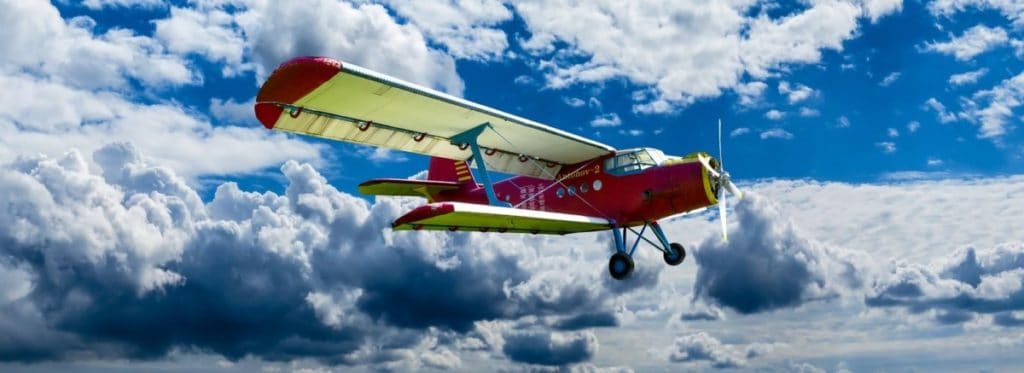
Vision Requirements for an FAA First Class Medical Certificate
14 CFR 67.103
To be able to qualify for a First Class Medical Certificate your vision needs to meet the following:
- Distant Visual Acuity – 20/20 or better in each eye separately with or without corrective lenses
- Corrective lenses must be worn while performing flight duties if unable to meet 20/20 above
- Near Vision – 20/40 or better, Snellen equivalent, at 16″ in each eye separately, with or without corrective lenses
- If age 50 or older, 20/40 or better, Snellen equivalent, at both 16″ and 32″ in each eye separately, with or without corrective lenses
- Ability to perceive colors necessary for safe operation while performing flight duties
- Normal fields of vision
- No acute or chronic pathological condition of either eye
- No adnexa that interferes with eye function
- Any condition that could progress or be aggravated by flying that could affect safety
- Bifoveal fixation and vergence-phoria relationship sufficient to prevent a break-in fusion under conditions that may reasonably be expected to occur in performing airman duties.
- Tests for the factors named above are not required except for persons found to have more than:
- 1 prism diopter of hyperphoria
- 6 prism diopters of esophoria,
- 6 prism diopters of exophoria
- Monovision Corrective Lenses are Not Approved by the FAA for flying duties
Learn More…
Try These Articles:
* Do You Need a Pilots License To Fly?
* People With Disabilities – Can They Become a Pilot?
Refractive Surgical Procedures for Civilian Pilots
Over the last few decades, the popularity of surgical corrective procedures has invoked multiple studies to be completed by the FAA to create guidelines for pilots having undergone or about to undergo this type of vision correction.
Below is a synopsis of a report from AMAS (Aviation Medicine Advisory Service) regarding FAA approved procedures:
FAA Approved Refractive Surgical Procedures:
Radial Keratotomy (RK)
Automated Lamellar Keratotomy (ALK)
Photorefractive Keratotomy (PRK)
Laser-Assisted In-Situ Keratomileusis (LASIK)
Conductive Keratoplasty
Intracorneal Rings
Phakic Intraocular Lenses
FAA Policy on Refractive Surgical Procedures
- Vision must be stabilized by 2 examinations conducted a week apart with no changes in acuity
- Ophthalmologist has to complete FAA Form 8500-7 & report the eye evaluation
- If vision corrects to 20/20 with no complications pilots can return to flying and report procedure at next FAA medical examination
- Always recommends contacting Aviation Medical Examiner after the procedure and before returning to work
- Aviation medical certificate will still bear “Must wear corrective lenses.” If ramp checked by an inspector the pilot has 2 options:
- Continue to carry corrective lenses on their person until new medical certificate is received
- Complete FAA Form 8500-7 and mail to FAA. Presenting reply to this form will satisfy inspector until next aviation medical examination

Join My Newsletter & Get Great Tips, Information and Experiences To Help You Become a Superb Pilot!
Vision Requirements for Airlines
Most major US airlines have no restriction for pilots who wear corrective lenses or has undergone refractive surgery.
Providing the pilot meets 20/20 vision in each eye with or without corrective lenses and holds a current First Class Medical Certificate there will be no disqualification.
For those pilots who have undergone refractive surgery, they must have informed the FAA of the procedure via FAA Form 8500-7. (Link at Bottom)
Vision Requirements General Aviation
Unless stipulated by individual company policy, providing a pilot meets the requirements to hold the appropriate class of aviation medical certificate for the type of aircraft and work they intend to do then there are no disqualifying conditions that prevent flight duties.
This applies to Fixed Wing, Helicopters, Gliders, Balloons, Student pilots, Pleasure flights, Flight instructorS etc.
The medical certificate controls any vision issues.
Can Polarized Glasses Be Used For Flying?
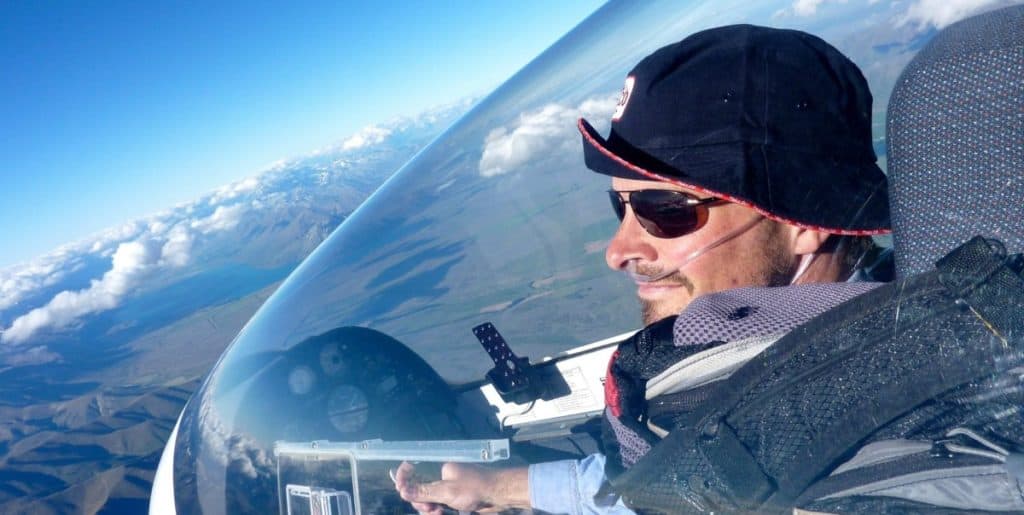
A question often asked by flight students is about the use of Polarized Sunglasses while operating an aircraft as they are so good at cutting out glare.
Polarized glasses and sunglasses should not be worn during active flight duties. Polarized sunglasses block light and reduce glare from horizontal light while allowing in vertical light. This can cause inaccurate reading of cockpit instrumentation, especially with glass cockpit instrumentation
Polarized glasses also reduce the pilot’s ability to spot other aircraft when looking outside. Glimmers or glare given off by other aircraft as they catch the light can be blocked by polarized lenses leading to the aircraft being unnoticed by the wearer.
Prescription corrective lenses used for flying should not use any form of polarization lenses, but instead use neutral colors such as Green, Brown, Gray, or Black.
A great selection of Non-Prescription Aviation Recommended Sunglasses can be found at our Pilot Store:
Learn More…
Try These Articles:
* Do All Pilots Need Sunglasses? : Yes, Find Out Why!
* Benefits Of Joining a Flying Club: Fly For Less!
Are There Vision Requirements For Military Flight Duties?
Because each branch of the military has its own visual requirements for flight duties we will look at each branch in detail.
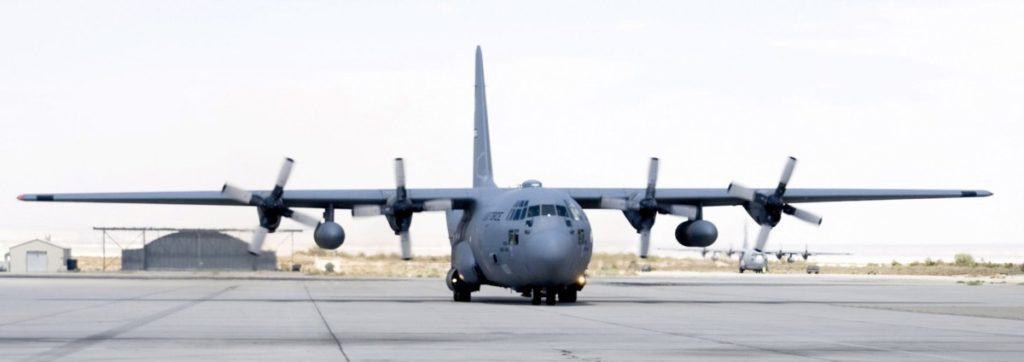
U.S. Air Force Pilot Vision Requirements
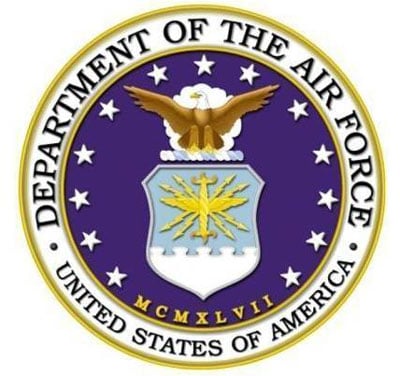
- Distant Visual Acuity – 20/70 or better in each eye correctable to 20/20 and meet other refraction, accommodation, and astigmatism requirements
- Near Visual Acuity – 20/30 or better without correction
- Normal Color Vision
- Normal Depth Perception
- Normal Field of Vision
Approved Refractive Surgeries:
Photorefractive Keratectomy (PRK)
Laser In Situ Keratomileusis (LASIK)
Any refractive surgery may be disqualifying and will be considered on a case-by-case basis.
U.S. Air Force Vision Requirement FAQ can be found HERE
A consultation with a U.S. Air Force Recruiter is Recommended.
Find a local recruiter HERE
U.S. Navy Pilot Vision Requirements
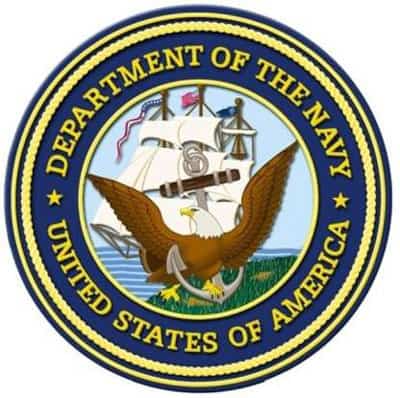
- Distant Visual Acuity – 20/100 or better in each eye correctable to 20/20
- Near Visual Acuity – 20/20 in each eye with or without correction
- Normal Color Vision
- Normal Depth Perception
- Normal Field of Vision
Approved Refractive Surgeries:
Photorefractive Keratectomy (PRK)
Laser In Situ Keratomileusis (LASIK)
Implantable Collamer Lens (ICL)
Other refractive surgery may be disqualifying or need a waiver and will be considered on a case by case basis.
U.S. Navy Physical Standards Manual can be found HERE
A consultation with a U.S. Navy Recruiter is Recommended.
Find a local recruiter HERE
U.S. Marines Pilot Vision Requirements
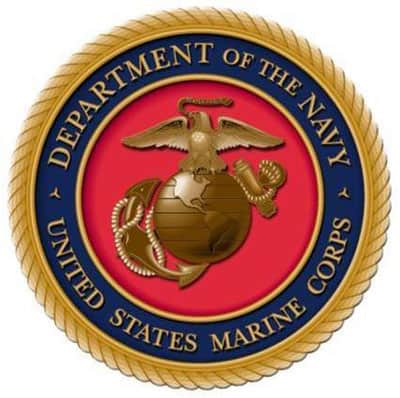
- Distant Visual Acuity – 20/100 or better in each eye correctable to 20/20
- Near Visual Acuity – 20/20 in each eye with or without correction
- Normal Color Vision
- Normal Depth Perception
- Normal Field of Vision
Approved Refractive Surgeries:
Photorefractive Keratectomy (PRK)
Laser In Situ Keratomileusis (LASIK)
Implantable Collamer Lens (ICL)
Other refractive surgery may be disqualifying or need a waiver and will be considered on a case-by-case basis.
U.S. Navy Physical Standards Manual can be found HERE
A consultation with a U.S. Marines Recruiter is Recommended.
Find a local recruiter HERE
U.S.Army Pilot Vision Requirements

- Distant Visual Acuity – 20/70 or better in each eye correctable to 20/20
- Near Visual Acuity – 20/40 or better in each eye correctable to 20/20
- Normal Color Vision
- Normal Depth Perception
- Normal Field of Vision
- Only gas permeable disposable Contact Lenses must be worn. Monovision, Hard Gas Permeable & Bifocal Contact Lenses are Not Allowed for flight duties
Approved Refractive Surgeries:
Photorefractive Keratectomy (PRK)
Laser In Situ Keratomileusis (LASIK)
Laser Subepithelial Keratomileusis (LASEK)
Wave-Front Guided PRK (WFG-PRK)
Other refractive surgery may be disqualifying or need a waiver and will be considered on a case-by-case basis.
U.S. Army Ophthalmology Waivers Manual can be found HERE
A consultation with a U.S. Army Recruiter is Recommended.
Find a local recruiter HERE
U.S.Coast Guard Pilot Vision Requirements
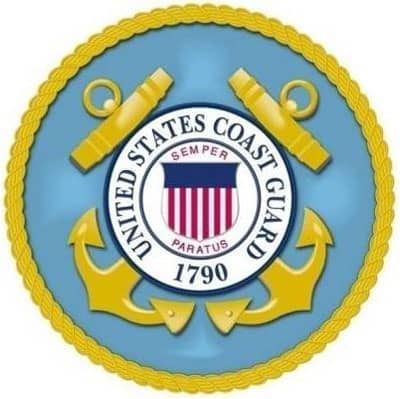
- Distant Visual Acuity – 20/20 in each eye with or without correction
- Near Visual Acuity – 20/20 in each eye with or without correction
- Normal Color Vision
- Normal Depth Perception
- Normal Field of Vision
- Only gas permeable disposable Contact Lenses must be worn
Approved Refractive Surgeries:
Photorefractive Keratectomy (PRK)
Laser In Situ Keratomileusis (LASIK)
Laser Subepithelial Keratomileusis (LASEK)
Wave-Front Guided PRK (WFG-PRK)
Other corneal refractive surgery, rings or implants are disqualifying and will be considered on a case-by-case basis.
U.S. Coast Guard Aviation Medicine Manual can be found HERE
A consultation with a U.S. Coast Guard Recruiter is Recommended.
Find a local recruiter HERE
Refractive Surgical Procedures for Existing Military Pilots
The vision requirements listed above are for initial entry applicants only. Many branches of the armed forces offer Refractive Surgical procedures for their serving men and women while on active duty and many of the vision requirements are reduced during active service.
Each serving member’s vision will be tested and discussed during regular aviation medical examinations and flight authorization will be given on a case-by-case basis.
For those whose vision deteriorates, waivers, surgery, or transfer to alternative flying duties will be discussed with the branch-specific flight surgeon.
To Finish
Wearing glasses or contact lenses for most pilots is no longer a problem. With the advances in vision care and research over the past few decades it is now a non-event. For those of you thinking about having corrective surgery or have had surgery in the past, it is highly recommended you speak to an aviation medical examiner or military recruiter as your very first step.
Aviation is an exciting career and providing you do not have any abnormal vision issues then a career in the clouds can be easily obtained.
Good Luck on Your Journey!
Further Resources:
- FAA Information for Pilots Considering Laser Eye Surgery
- FAA Pilot Vision Informative Guide
- AMAS LASIK, PRK, RK and Vision Correction Surgery Guide
- FAA Form 8500-7 Refractive Surgery Reporting Form
Header Image:
Student Pilot James Jones after First Solo – Source: James Jones

